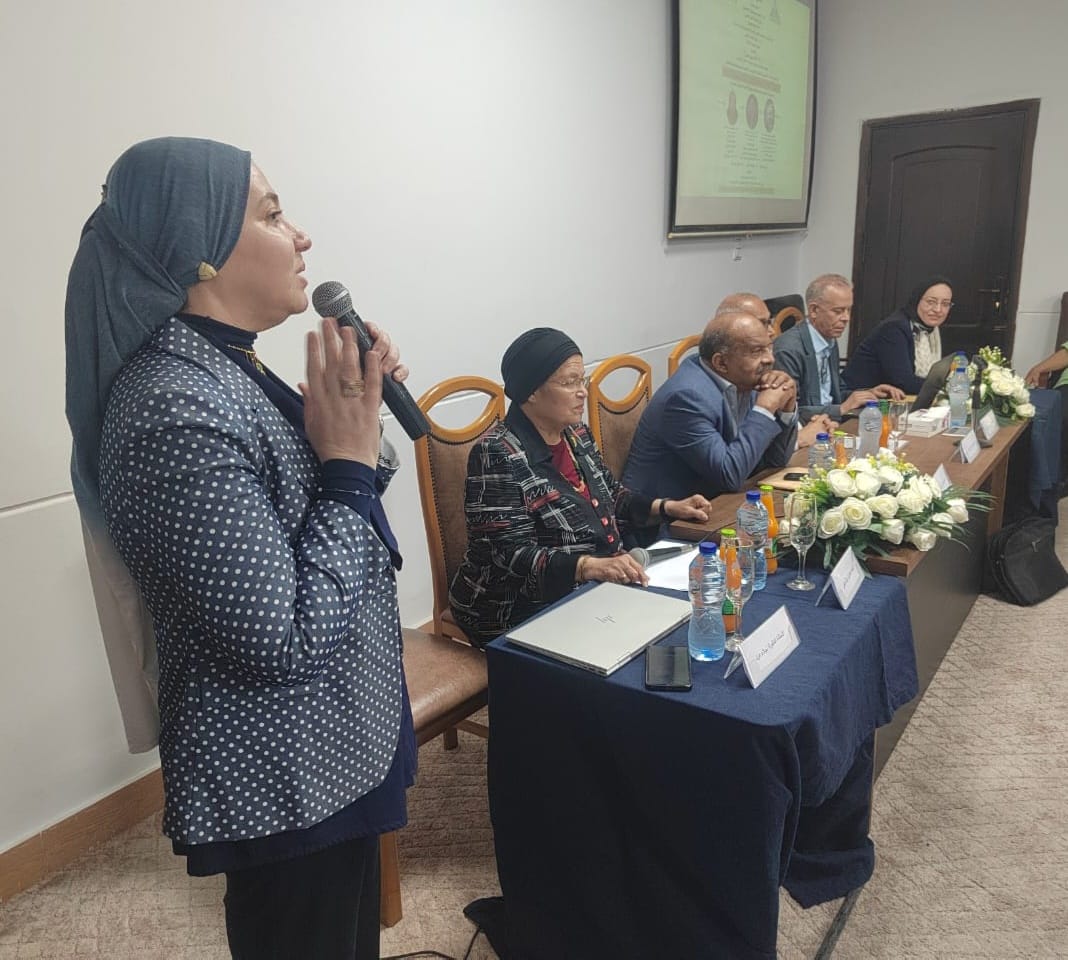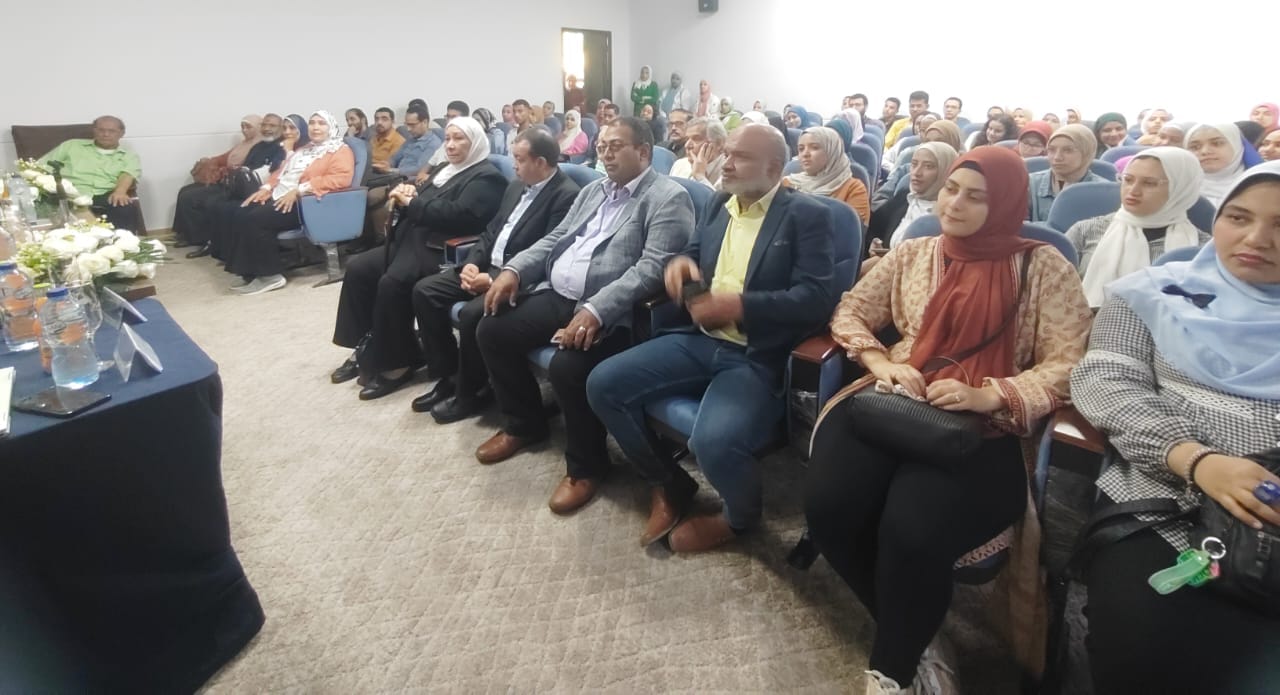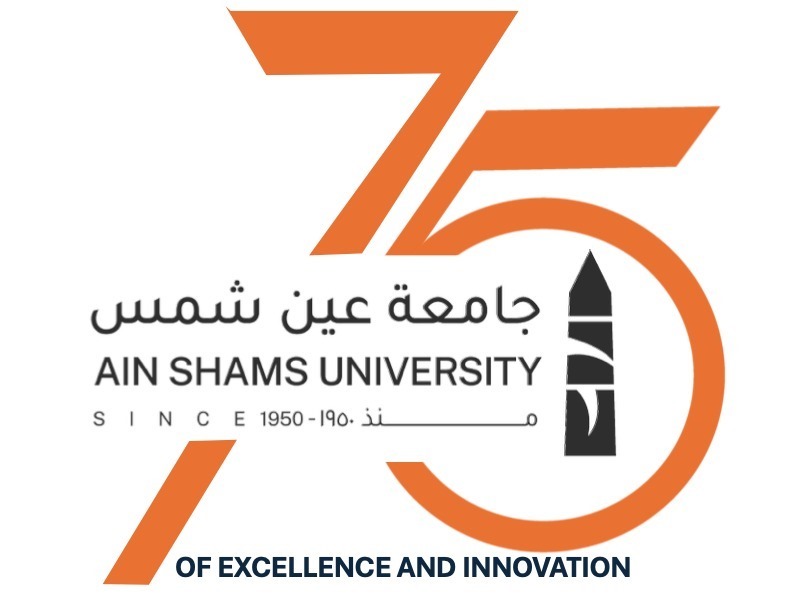The Faculty of Arts holds a symposium entitled “The Greco-Roman Museum and the New Show Scenario”
The Faculty of Arts, at Ain Shams University, represented by the Graduate Studies and Research Sector, organized a symposium entitled “The Greco-Roman Museum and the New Show Scenario,” under the patronage of Prof. Mohamed Diaa Zain El-Abedeen, President of Ain Shams University, Prof. Ghada Farouk, Vice President of the University for Community Service and Environmental Development Affairs, Prof. Hanan Kamel, Dean of the Faculty of Arts, at Ain Shams University, under the supervision of Prof. Hatem Rabie, Vice Dean of the Faculty for Postgraduate Studies and Research, organized by Prof. Naglaa Mahmoud Ezzat, Head of the Department of Ancient European Civilization and Languages.
 |
 |
The symposium was opened by Prof. Naglaa Ezzat, Head of the Department of Civilization, welcomed the attendees and explained the reason for choosing the topic of the symposium, which is the reopening of the Greco-Roman Museum after a closure that lasted 18 years.
Then explained that the lecturers are members of the Supreme Ministerial Committee for Museum Scenarios, and they are specialists in the field of museology and Greek and Roman archaeology.
The symposium consisted of three lectures as follows:
The first lecture: delivered by Prof. Osama Abdel Majeed, entitled The Greco-Roman Museum and the Standards of Museums of the Twenty-First Century. Dr. Osama explained the latest theories in the field of museum display and how this was applied through the Greco-Roman Museum. He also asked the attendees a question: Why do most people not care? Visiting museums? And expressed in the answer that the wrong presentation style and lack of focus on topics related to daily life may be one of the reasons. Also, Prof. Alia Hanafi, a specialist in Greek papyrus, presented and commented on this lecture.
The second lecture: delivered by Prof. Sobhi Ashour, entitled “The Collections and Scenario of the Greco-Roman Museum and the Future of Classical Studies in Egypt,” Ashour displayed various archaeological collectibles, including statues of Alexander the Great, the Ptolemaic kings and Roman emperors, statues of gods, tombstones, pottery, and money, in addition to simulated scenes of the public market in Alexandria, Roman houses, and the ancient method of minting money. The lecture was presented and moderated by Prof. Fayez Youssef, specialist in Roman literature and religion.
The third lecture: delivered by Dr. Walaa Mustafa, Director of the Greek and Roman Museum, where she spoke about the history of the museum’s founding, the reasons for its closure, and presented the method of displaying archaeological collections before the museum’s closure. She then moved on to clarify the number of floors of the museum, the number of its hall, and the scenario for displaying the objects in terms of history, timeline and topics. The lecture concluded with a video showing the attendees on a tour explaining all parts of the museum and its collections.
At the end of the meeting, Prof. Naglaa Ezzat, Head of the Civilization Department, presented certificates of appreciation to lecturers and faculty staff in their honor.


.svg)




